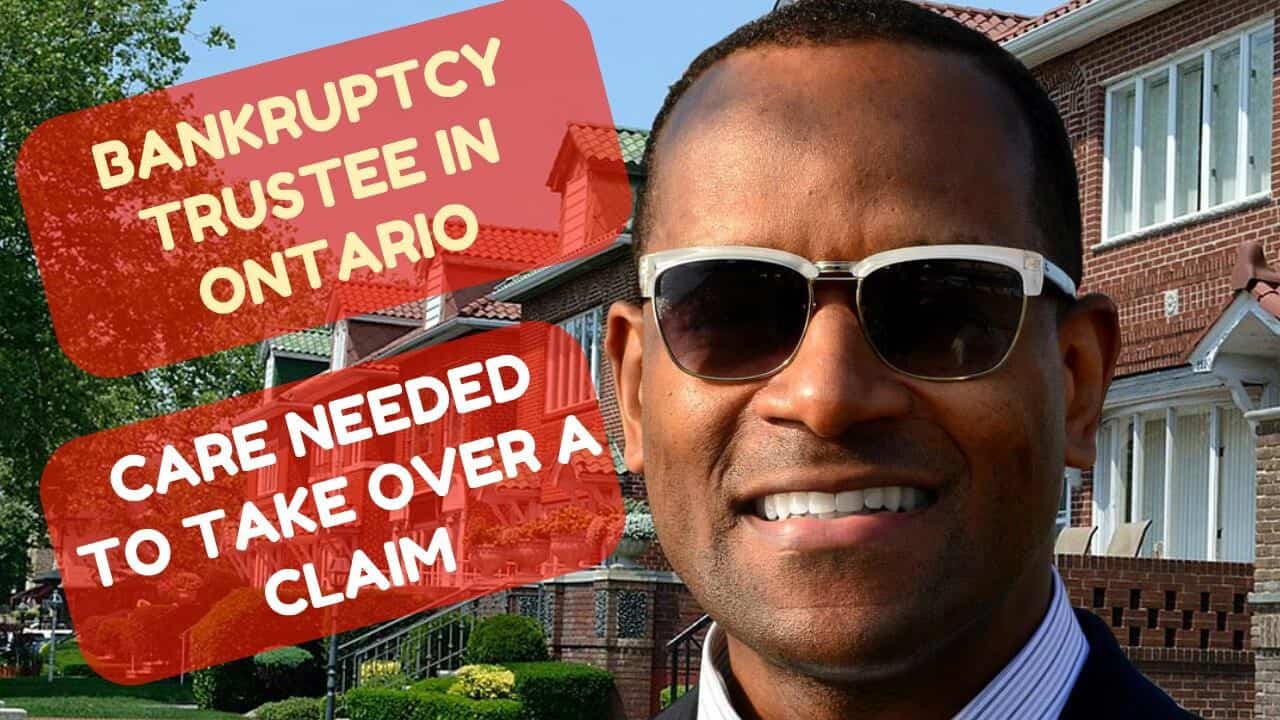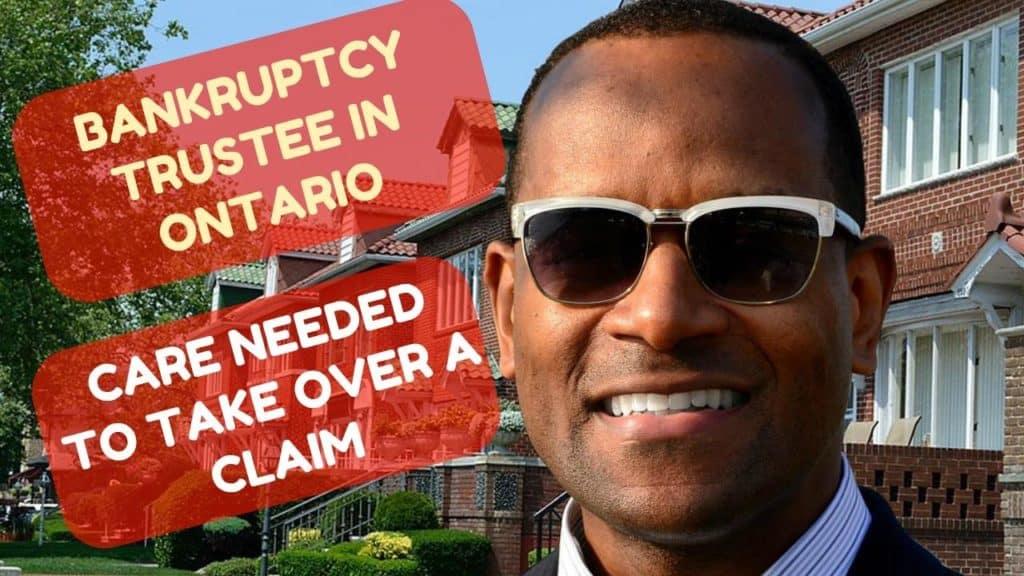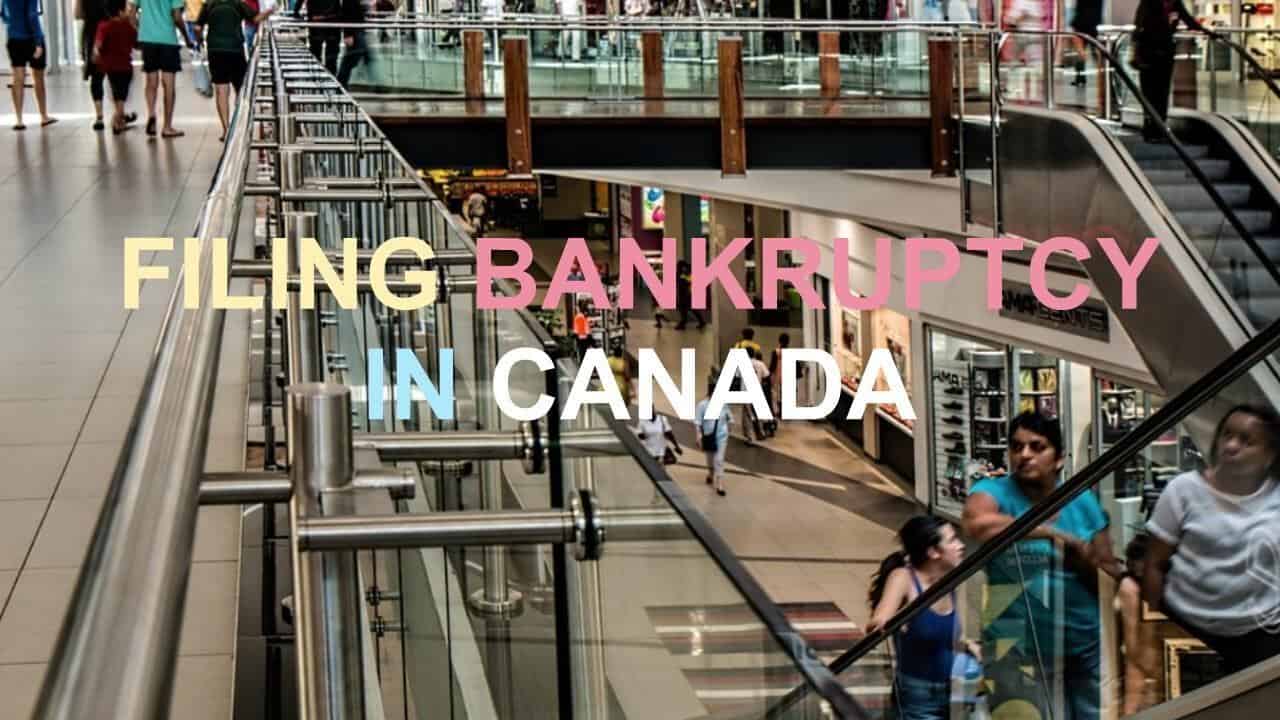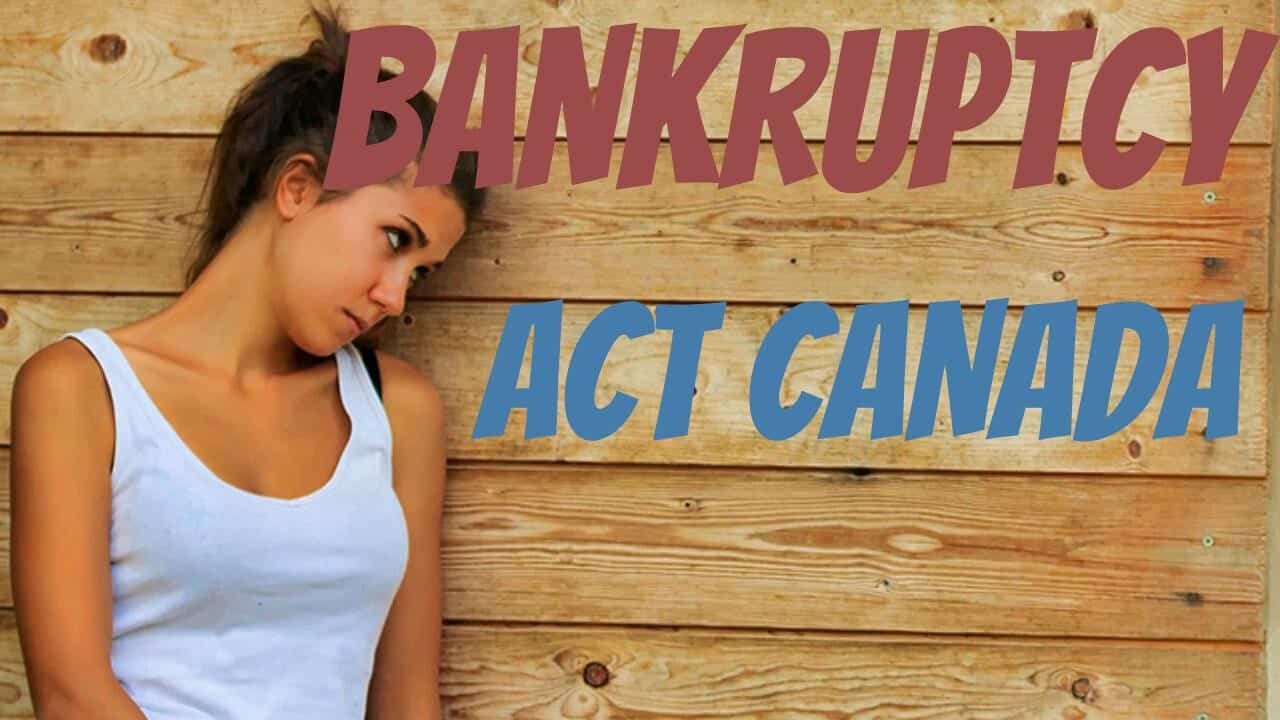
If you would prefer to listen to an audio version of this bankruptcy trustee in Ontario Brandon’s Blog, please scroll to the bottom and click on the podcast.
Bankruptcy trustee in Ontario: Introduction
As a bankruptcy trustee in Ontario (now called a licensed insolvency trustee ), there are many times where our investigation indicates that the bankrupt (usually a bankrupt corporation) has a claim against another party. The claim may very well be a good one worthy of pursuing. However, like with any potential litigation, there could be not enough funds to pay for pursuing that claim in the Court, or it may be unwise for a bankruptcy trustee in Ontario (Trustee) to assume the litigation risk.
In cases like this, the licensed insolvency trustee can offer up the opportunity to the creditors to take on the action in their own name. One or more creditors can get an order under s. 38 of the Bankruptcy and Insolvency Act, R.S.C. 1985, c. B-3 (BIA) from the Registrar in Bankruptcy, authorizing the assignment to them by the licensed insolvency trustee of the bankrupt company‘s right to advance that claim and if necessary, sue.
Without going into all the finer details and circumstances, any creditor or group of creditors who obtain that right can keep any amount collected under that claim up to the total of their claim against the bankrupt company plus the costs they spent in obtaining that award. Any surplus must be paid over to the bankruptcy trustee in Ontario.
A recent decision of the Court of Appeal for Ontario highlights an interesting issue regarding the interplay between advancing such a claim by a creditor and the limitation period in Ontario.
Bankruptcy trustee in Ontario case background information
The Ridel family used an investment and stock brokerage company called e3m Investments Inc. (e3m). In December 2006, the Ridels issued a Statement of Claim versus their account representative, as well as his employer, e3m. The action was for negligence, breach of contract and violation of fiduciary obligation in the monitoring of their financial investment accounts.
After a ten-day court hearing, judgment was issued against e3m as well as the account representative in Ridel v. Cassin, 2013 ONSC 2279. The judgment was especially scathing of both the account rep and e3m. The judgement, in the amount of $1,036,245.85, was upheld on appeal. As a result, the account representative needed to make an insolvency filing. My Firm administered the successfully completed Division I restructuring Proposal of the account representative. Given the judgement, he needed to do an insolvency filing and it was in his best interests to attempt to restructure to avoid bankruptcy. The Ridel family controlled the voting in his successful Proposal. e3m filed for bankruptcy on January 20, 2015.
The bankruptcy trustee in Ontario case before the Court of Appeal
On July 31, 2019, the Court of Appeal for Ontario released its decision in Ridel v. Goldberg, 2019 ONCA 636. The underlying claim was one the bankrupt company may have had against its Director and majority shareholder.
On October 25, 2016, the Ridels, as an unsecured creditor of e3m, got an order under s. 38 of the BIA. They obtained an assignment of the claim of e3m against its sole Director, a Mr. Goldberg. Since e3m was found liable under the Ridel judgement, e3m could have a claim and institute proceedings against its Director, Mr. Goldberg.
The s. 38 order supplied the Ridels with the legal authority to assert e3m’s claim against Mr. Goldberg “to recover the damages for which e3m became liable pursuant to [the 2013 Judgment, as amended] in their own name and at their own expense and risk, based on Mr. Goldberg’s failure to fulfil his obligations as a director and officer of e3m by abdicating his responsibility to supervise the Ridels’ accounts at e3m”.
The Ridels launched their lawsuit proceedings in the lower Court against Mr. Goldberg the day they obtained the s. 38 order, October 25, 2016. The Ridels were trying to get a summary judgement. Mr. Goldberg raised several defences, including, the Ridels’ claim was statute-barred under the Limitations Act, 2002, S.O. 2002, c. 24, Sched. B (Limitations Act).
The lower court judge dismissed the Ridels’ action on two fronts. First, the judge found that there were concerns about needing a trial. Second, the lower court judge agreed that the claim should be dismissed because of the expiration of a two-year limitation period The Ridels appealed the lower court’s decision to the Court of Appeal for Ontario.

The fascinating part (for me anyway) of the Court of Appeal’s decision
The unanimous Court of Appeal ruling agreed with the lower court judge’s decision that the action the Ridels took by way of an assignment document from e3m’s licensed insolvency trustee was statute-barred under the Limitations Act. However, the appeal court review of the lower court decision disagreed with the reasons given by the lower court. Upon agreeing that the Ridel’s action should be dismissed based on it being barred by the Limitations Act, the appeal court did not wade into whether or not the lower court judge’s decision was correct that summary judgement should not be granted as there was a triable issue.
The arguments given for the limitation period are somewhat complex. I will attempt to summarize them here so as not to be confusing. The lower court judge held that the Ridels as applicants knew of the existence of the potential claim of e3m against its Director as early as in July 2006. Since they did not launch the e3m claim in a court action until October 2016. Hence, the limitation period of 2 years made that claim statute-barred.
The Ridels state that the limitation period cannot have actually begun up until after e3m was bankrupt. Before then, they could not take an assignment of any claim from e3m’s licensed insolvency trustee, especially a potential claim by the company against its Director (and Officer).
They also stated it is impossible to get an s. 38 order before the company actually is bankrupt.
The lawyer for the Ridels did not argue the testing of the timing of their very own understanding of the Director’s misdeed in regard to e3m. Rather, he focussed on the fact that the Ridels were not in a place to do anything concerning it, at a minimum, until the bankruptcy of e3m.
The appeal court went through a detailed analysis of the relevant statutes and case law. The Court of Appeal confirmed that the action launched was not a claim by the Ridels personally, but rather the company’s claim of which they took a court-approved assignment. So the appeal court agreed substantially with the Ridels that they could not have started their action until they took the assignment from the e3m licensed insolvency trustee.
When was e3m’s knowledge of its claim?
So the appeal court said what is important, since it is e3m’s claim and not the claim of the Ridels, when did e3m first become aware of the potential claim against its Director? The appeal court stated it fully understood why the Director would not have had e3m sue him or otherwise enjoin him in the original claim against the account rep and e3m. However, when did e3m first become aware of the potential of its claim?
On the proof in this matter, regardless of the Ridels’ or Goldbergs’ understanding of the case or his aversion to act against himself in support of e3m, at the very least, by April 2013, every one of the other e3m investors/shareholders had received a copy of the Reasons for Decision and Judgment against the account rep and e3m. It included different referrals to the Director’s misbehaviour. Those investors had the capacity to make e3m file a claim against the Director.
The Court of Appeal for Ontario judges determined that e3m recognized that: 1. an injury had actually happened; 2. its loss was brought on by an act or omission; 3. the act or omission was purportedly that of the Director, and 4. an action against the Director was a proper way to treat it. Regardless of the Director’s control to protect against such a lawsuit, the investors might have taken control of e3m’s board of directors and cause e3m to make such a case versus Goldberg.
So the appeal court decided that e3m first recognized that it may have a claim against the Director in April 2013, but the action was not commenced until October 2016. Accordingly, it was outside of the 2 year limitation period and the action was statute-barred.
So what does this mean for a bankruptcy trustee in Ontario?
As the bankruptcy trustee in Ontario in either a corporate bankruptcy or personal bankruptcy, many times we find as a result of our investigation that the bankrupt may have a claim against another party. More often than not, we either do not have sufficient funds or are not prepared to risk the funds in the Estate to the litigation risk. So, what we do is communicate with all known creditors to advise of the potential claim and that the licensed insolvency trustee is either unwilling or unable to act upon it. Accordingly, we are giving the creditors a chance to apply to the Court to take an assignment of such action under s.38 of the BIA.
Creditors seriously considering taking over the bankrupt’s claim must seriously consider the issue of whether or not launching a court action will be met with a defence that the claim is statute-barred, amongst other defences that may be available to the defendant(s). The Court of Appeal for Ontario has clearly communicated that the creditor taking an assignment of the bankrupt’s claim, cannot be in a better position than the bankrupt itself. The first knowledge that a claim exists will be when the bankrupt first had the knowledge, not the date that the creditor obtained the right to sue or any other date.
Bankruptcy trustee in Ontario Canada conclusion
The business world contains normal daily risks. This case clearly shows that. Are your company’s viability and solvency being threatened by claims against it, or for any other reason?
Is your company experiencing financial problems and requires debt relief? Are you on the brink of filing for bankruptcy just like e3m was because of your debts? Or are you an individual that has too much debt and you are looking at personal bankruptcy as your solution? Don’t wait until it is too late to properly restructure your company’s financial affairs. You don’t have to be another one filing bankruptcy in Canada. We can show you the various alternatives to bankruptcy.
As a licensed insolvency trustee, we are the only professionals who have met the requirements of the Office of the Superintendent of Bankruptcy Canada to obtain a trustee licence. One of those requirements to be trustees in bankruptcy is to pass an oral board of examination.
Insolvency trustee’s operations are licensed, authorized and their duties supervised by the federal government to offer insolvency advice and to implement solutions under the Bankruptcy and Insolvency Act (Canada). We are a licensed insolvency trustee operating in Ontario Canada and we will help you to select what is best for you to free you from your debt issues.
Contact the Ira Smith Team today so we can use our qualifications to get you or your company the debt relief that you deserve. We will eliminate the anxiousness, tension, discomfort and pain from your life that your bills and your cash problems have caused. With the unique roadmap, we develop just for you, you can eliminate your debts and we will promptly return you right into a healthy and balanced problem-free life.









